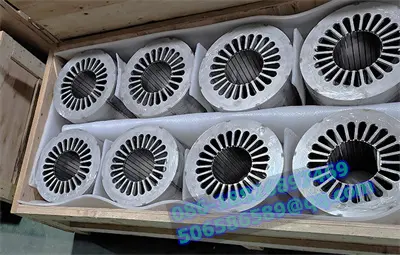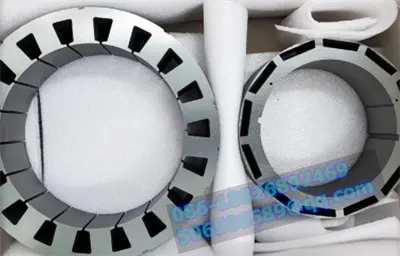This paper explores the numerous benefits of utilizing laser cutting technology in the production of motor laminations. Laser cutting has revolutionized the manufacturing process by offering enhanced precision, improved efficiency, cost savings, versatility, faster production, clean cuts, design flexibility, and reduced heat affected zone. These advantages make laser cutting a preferred method for producing motor laminations, leading to higher quality and more efficient electric motors.
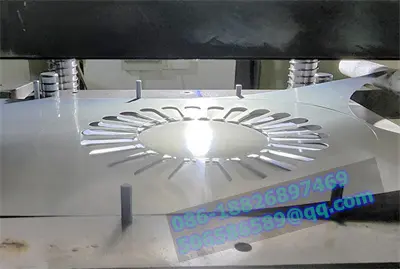
1. Introduction
Electric motors play a crucial role in various industries, including automotive, aerospace, and renewable energy. The efficiency and performance of these motors heavily rely on the quality of their laminations. Laser cutting has emerged as a cutting-edge technology that offers significant advantages over traditional methods in motor lamination production.
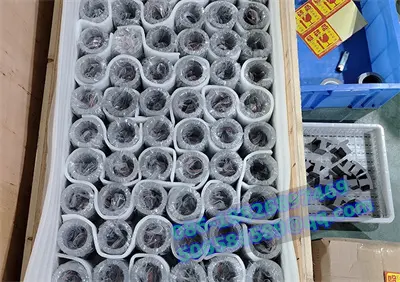
2. Enhanced Precision
Laser cutting technology provides exceptional accuracy and precision, enabling the creation of intricate designs and tight tolerances in motor laminations. The laser beam's focused heat allows for precise material removal, resulting in highly accurate and consistent cuts.
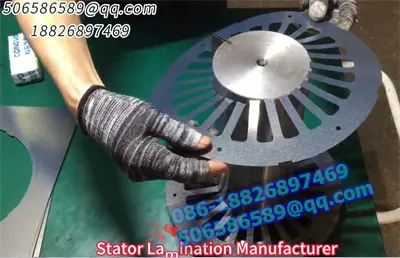
3. Improved Efficiency
Efficiency is a critical factor in motor performance. Laser cutting enables the production of highly efficient motor laminations by reducing energy losses. The precise cuts and minimal heat affected zone help maintain the material's magnetic properties, resulting in improved motor efficiency.
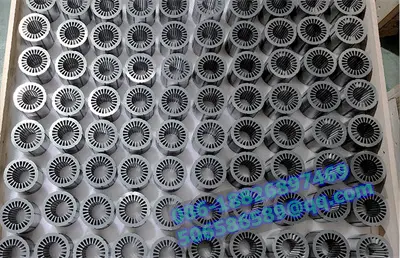
4. Cost Savings
Laser cutting eliminates the need for expensive tooling, such as dies and molds, which are required in traditional cutting methods. Additionally, laser cutting reduces material waste due to its precise cutting capabilities, leading to significant cost savings during the manufacturing process.
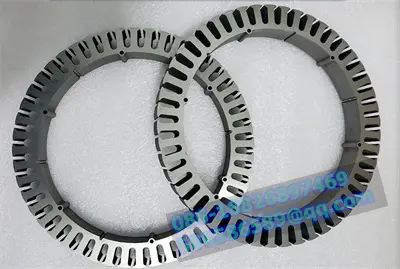
5. Versatility
Laser cutting technology can be applied to various materials, including silicon steel, which is commonly used for motor laminations. This versatility allows for the production of laminations with different shapes and sizes, catering to specific motor requirements.
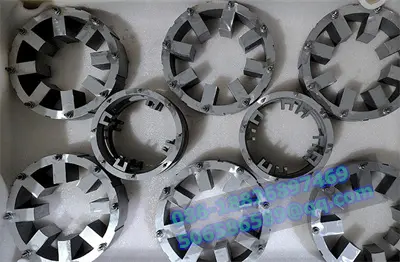
6. Faster Production
The speed and efficiency of laser cutting technology enable rapid production of motor laminations. This is particularly beneficial in meeting tight production schedules and reducing lead times, ultimately improving overall manufacturing efficiency.
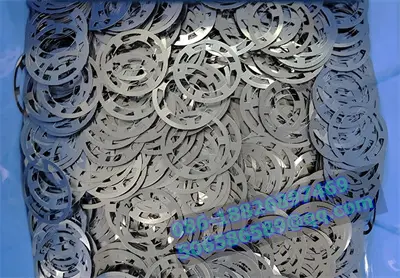
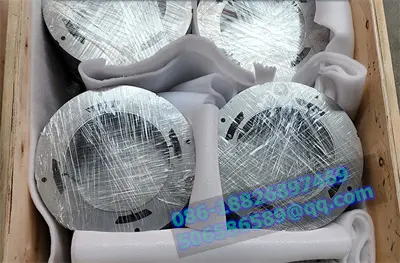
7. Clean Cuts and Design Flexibility
Laser cutting produces clean and precise cuts, eliminating the need for additional finishing processes. The absence of burrs and smooth edges ensure high-quality motor laminations. Moreover, laser cutting technology allows for complex and intricate designs, offering design flexibility to meet specific motor requirements.
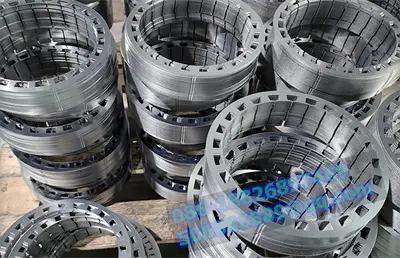
8. Reduced Heat Affected Zone
Laser cutting generates minimal heat, resulting in a reduced heat affected zone (HAZ) in motor laminations. This characteristic helps maintain the material's magnetic properties, preventing distortion or damage and ensuring optimal motor performance.
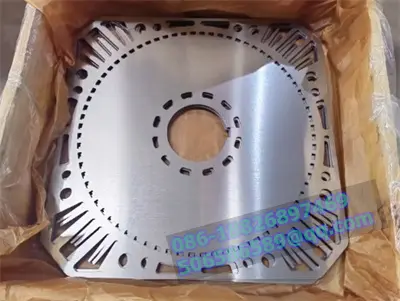
Laser cutting technology has revolutionized motor lamination production by offering numerous advantages. The enhanced precision, improved efficiency, cost savings, versatility, faster production, clean cuts, design flexibility, and reduced heat affected zone make laser cutting the preferred method for manufacturing motor laminations. By adopting laser cutting technology, manufacturers can produce higher quality and more efficient electric motors, contributing to advancements in various industries.
